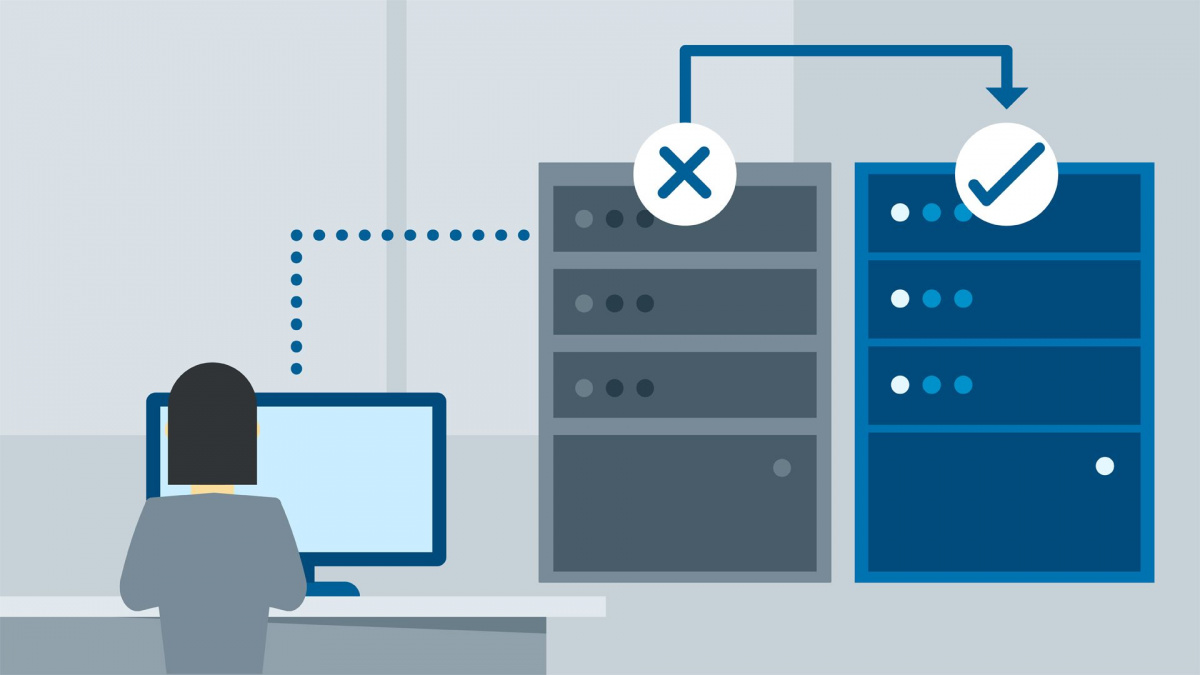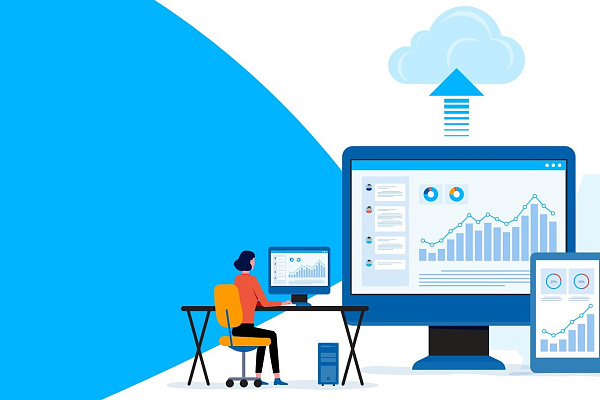
Kubernetes is a powerful container orchestrator that provides you with many features to manage your application workloads. Although Kubernetes has many features, it does not provide an out-of-the-box monitoring solution. You need to install monitoring tools, on top of the cluster.
Monitoring and logging make it possible to keep a modern IT infrastructure up and running. When it comes to a microservice architecture, monitoring becomes even more important. In this article, we will observe some of the most popular solutions for monitoring Kubernetes clusters. The solutions are chosen based on the simplicity of installation, availability, and, of course, functionality (monitoring, logs, alerts).1. Prometheus
This is one of the most popular and best monitoring tools used with Kubernetes.
Prometheus stores all its data as a time series.
The tool stands out among other timestamp databases because of its built-in alerting mechanisms, a multidimensional data model, a pull-to-push model, PromQL (Prometheus query language), and of course a growing community.
Key features:
-
It does not depend on a distributed repository
-
Targets are discoverable via service discovery or static configuration
-
PromQL, a flexible query language that allows for this dimension
-
Individual server nodes are autonomous
-
Timestamping is collected via an HTTP retrieval model
-
Time series extraction is supported via an intermediate gateway
-
Multivariate data model with time series data analyzed by metric name and key/value pairs.
2. Kubewatch
This is an open-source Kubernetes monitoring tool written in Go. It monitors specified Kubernetes resources for changes and reports them to your Slack channel.
You can either install Kubewatch as a Helm chart or through kubectl. You can choose the resources to watch – deployments, daemon sets, modules, services, replica sets, services, replication controllers, secrets, and config-maps.
3. Jaeger
Jaeger is a tracing system used for transaction monitoring and troubleshooting in a complex distributed system. It offers OpenTracing-based tools for Java, Python, Node, and C ++.
It uses consistent prefetching with individual probabilities for each service/endpoint and supports several internal storage mechanisms – Cassandra, Elasticsearch, Kafka, and memory.
Some of the key features of Jaeger include:
-
Distributed transaction monitoring
-
Performance / latency optimisation
-
Cause analysis
-
Service dependency analysis.
4. cAdvisor
cAdvisor is an open-source container monitoring tool. It is used to read the performance and resource utilization characteristics of containers running in a cluster.
It runs at the node level and can automatically discover all containers running on a particular node and collect statistics on memory, file system, CPU, and network usage. It provides a web interface that displays dynamic data of all containers in the cluster.
5. Weave Scope
This is a troubleshooting tool for Kubernetes.
It creates logical topologies of your application and infrastructure that make it easy for you to review, monitor, and manage your microservices-based container application.
Key features:
-
Helps to track dockers' containers in real-time
-
Easy to navigate between processes running in containers
-
Shows host or service CPU and memory usage
-
Restart, stop, or pause containers via a command-line interface without leaving the Weave Scope browser window
-
Supports custom plugins for more details on containers, processes, and hosts.
6. Kubernetes Dashboard
Kubernetes Dashboard is a web interface provided by Kubernetes. It is used to deploy, troubleshoot, and manage a containerized application in a Kubernetes cluster. It provides all information about the cluster, such as information about nodes, namespaces, roles, workloads, etc.
You can use helm to deploy the Kubernetes control panel or use the simple kubectl command:
kubectl apply - https://raw.githubusercontent.com/kubernetes/dashboard/v2.0.4/aio/deploy/recommended.yaml
7. Grafana
Grafana is used to visualize metrics, yet it is an alerting tool as well. It can issue alerts via Slack, webhook, mail, or alternative communication channels.
Another key reason is the source of your data: Grafana can query multiple objects simultaneously. You can make queries from a database, such as ElasticSearch, or from monitoring tools such as Cloudwatch, and set alerts for it.
Conclusion
All of the above-mentioned tools have their benefits. There is no single solution, that can meet all your requirements, as each tool focuses on specific aspects of observability and analytics. By mixing these tools together, you can get a unique solution for your individual business needs.




